31 December, 2023 0 Comment
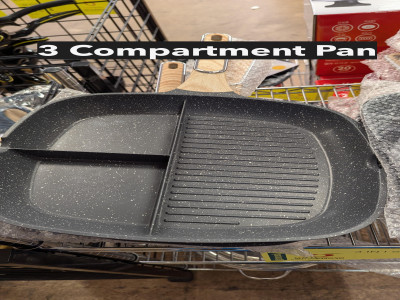
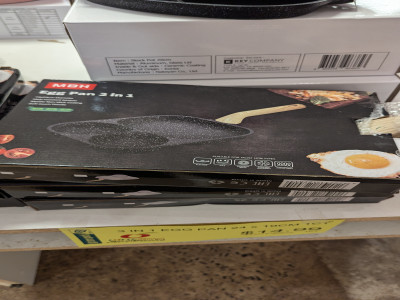
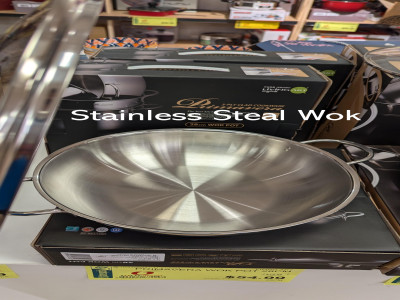
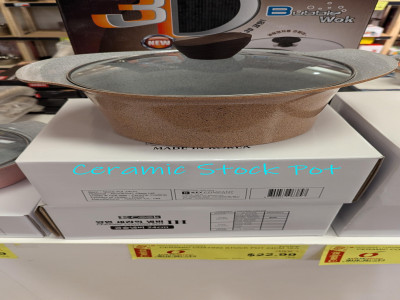
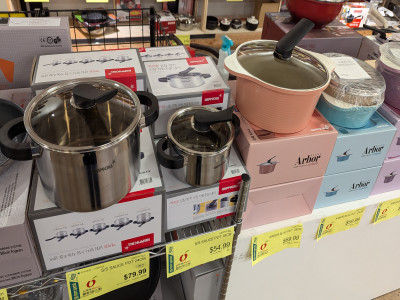
by David Simmons 02 November, 2024 0 Comment 2838 Views
Recently, I visited an Asian grocery store and was amazed by the variety and uniqueness of the items they offered. A couple of things stood out to me, especially in their selection of cookware, which included several eye-catching, gold-colored pieces. The pots had a distinct, colors, elegant design, and I noticed that some of the frying pans featured an extra-coated base, allowing food to heat more quickly and evenly.
Two items that I found particularly interesting were the egg pan and the compartment pan.
Have you tried any of these cookware above? Share your experiences and let us—and others—know your thoughts!
Below is a comparison of Asian vs. Desi cookware.
When it comes to cooking, the right cookware makes a world of difference, especially in kitchens rich in spices, textures, and flavors like those used in Desi (Indian subcontinent) and other Asian cuisines. Let’s dive into the quality differences, the versatility of each, and how Asian cookware can often be a great fit for preparing Desi dishes.
Desi Cookware: Common materials include heavy-duty cast iron, stainless steel, and copper, each chosen for its ability to withstand high heat, retain flavors, and distribute heat evenly. Cast iron tawas (flat pans), handi pots, and pressure cookers are staples that last for decades when maintained properly.
Asian Cookware: Asian cookware, especially from regions like Japan and China, is often made from carbon steel, cast iron, or aluminum. Woks and steamers, for instance, are usually lightweight yet durable, making them perfect for high-heat, fast cooking. Japanese knives (like the santoku) are famous for sharpness and resilience, while Korean dolsot stone pots provide excellent heat retention.
Desi Cookware: Designed to withstand prolonged cooking times and retain heat, Desi cookware like handi pots and tawas provide even heating, which is crucial for slow-cooked curries and roti.
Asian Cookware: Asian cookware, especially woks, focuses on quick, high-heat cooking. Carbon steel woks heat up rapidly and create a smokey flavor from stir-frying (known as "wok hei" in Chinese cuisine), which can be harnessed to cook Desi dishes requiring similar high-heat techniques, like tadka.
Blending Desi and Asian Cookware for a Versatile Kitchen
With a mix of Desi and Asian cookware, you’ll get the best of both worlds. For instance, use a cast iron tawa for traditional rotis and a wok for quick tadkas. Incorporating both can enrich your cooking experience and make your kitchen even more versatile.
DesiFormal
Keep It Desi!
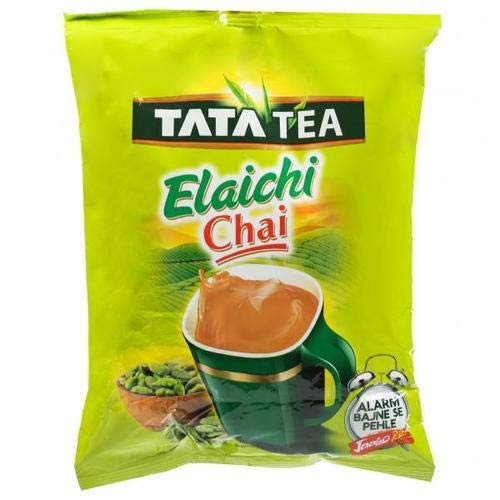
31 December, 2023 0 Comment
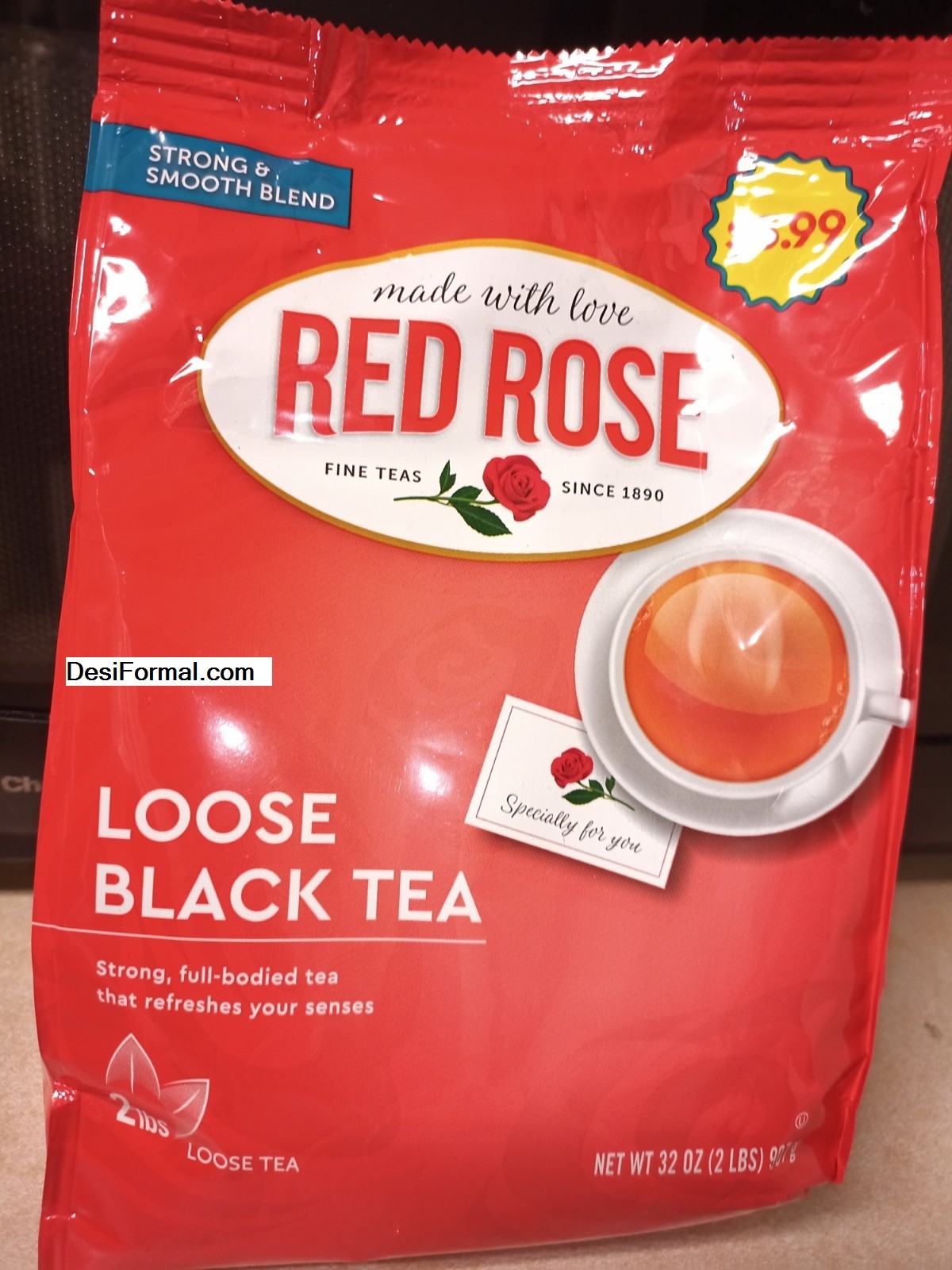
31 December, 2023 0 Comment
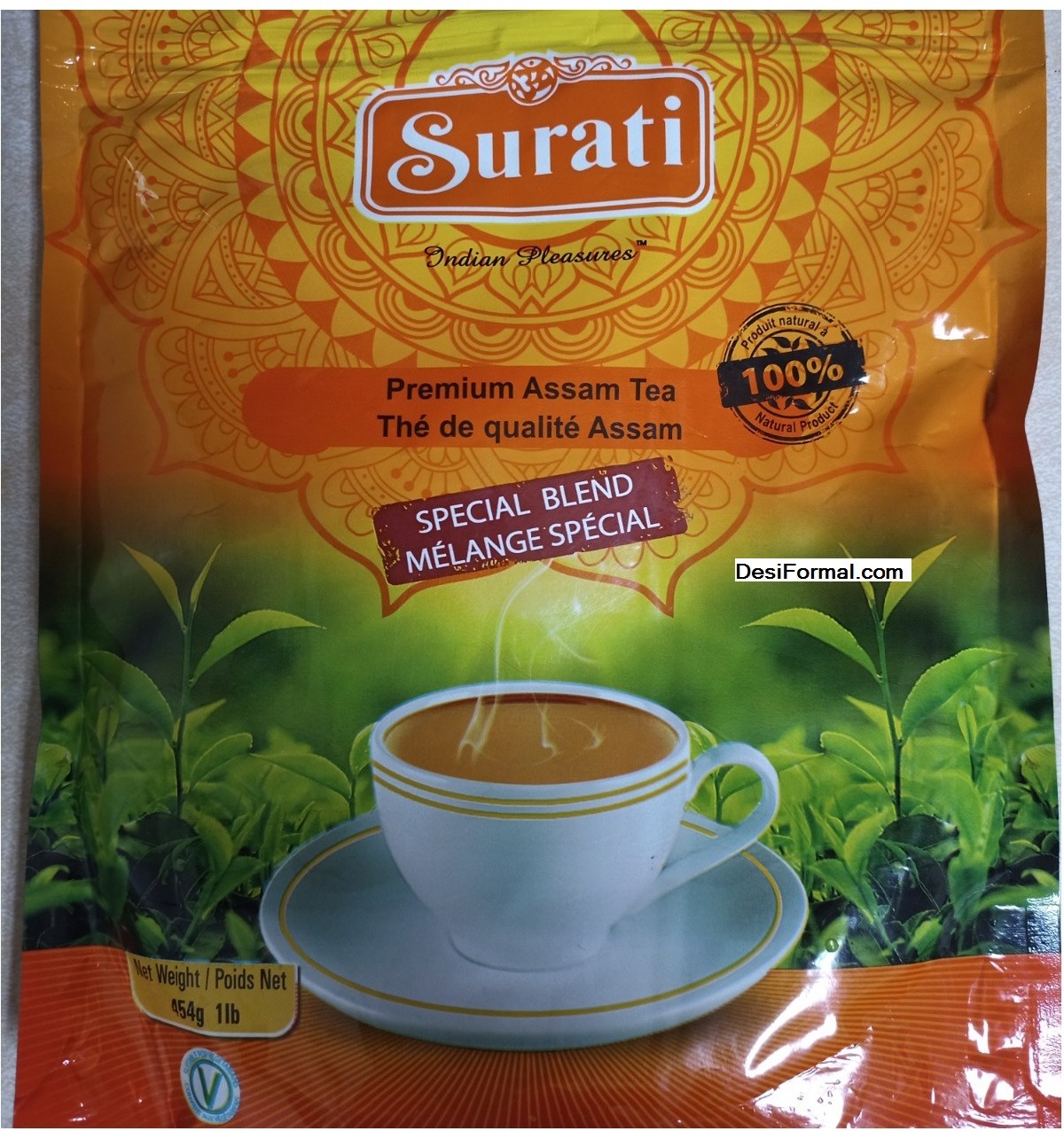
31 December, 2023 0 Comment
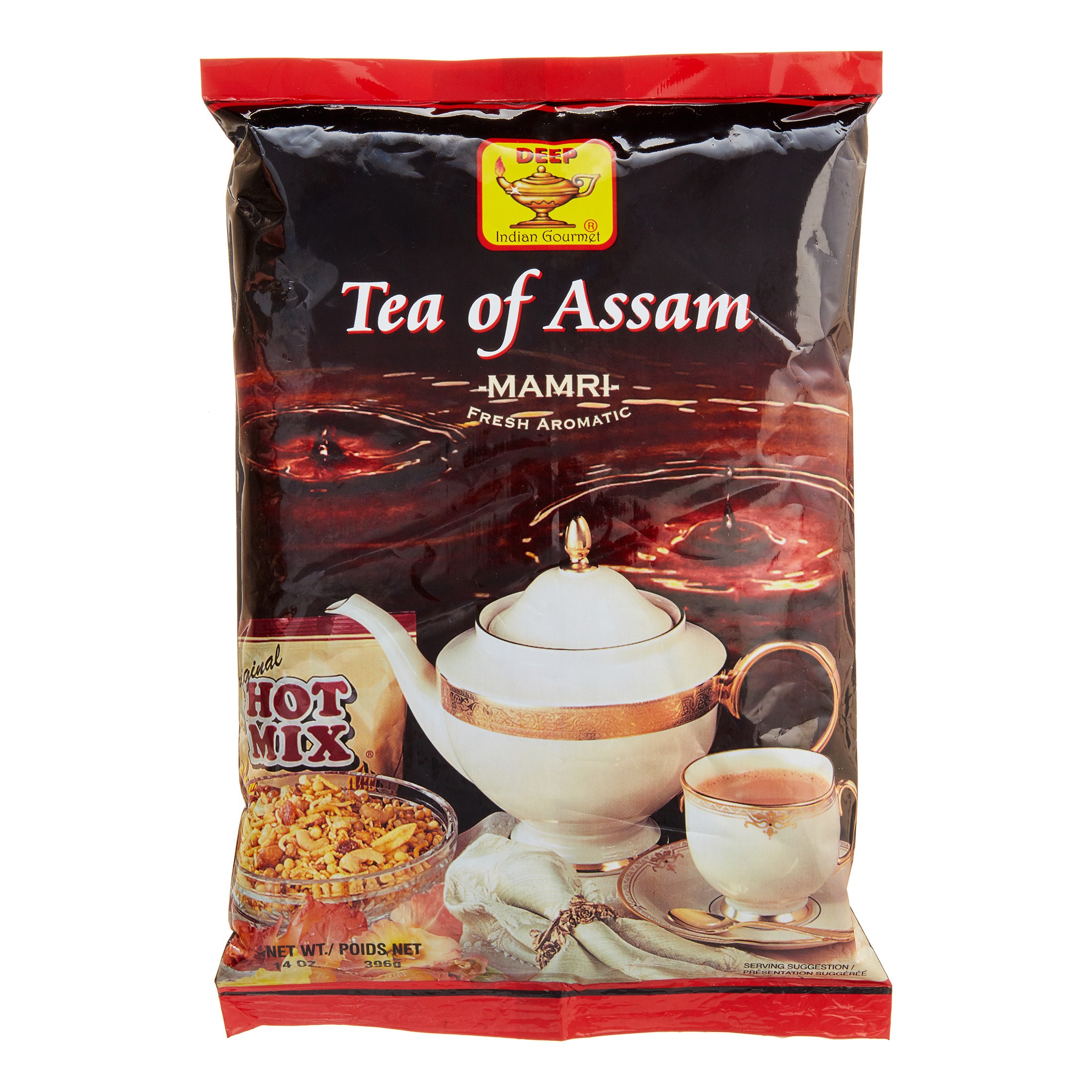
31 December, 2023 0 Comment
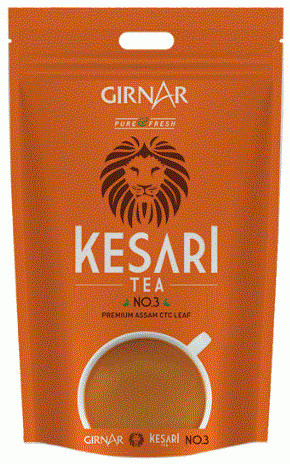
31 December, 2023 0 Comment
Get all the latest information on Events, Sales and Offers.

comment 0